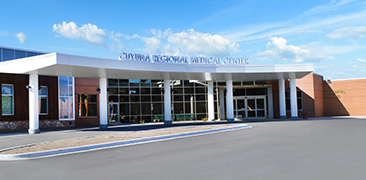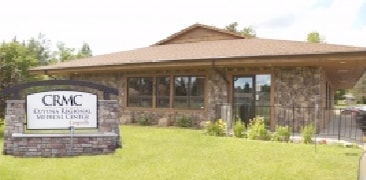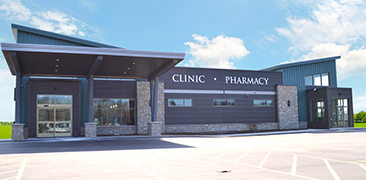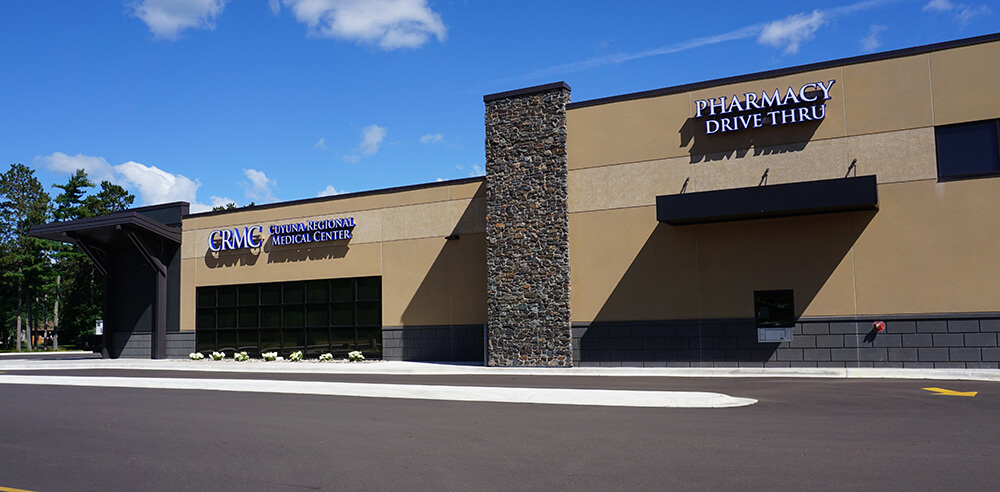What is Laparoscopy?
Laparoscopy is a type of surgery without making a large incision. A thin lighted tube with a small camera called, laparoscope is inserted into the abdomen through a small incision. The laparoscope allows your doctor to see the pelvic organs. If problems need to be fixed other instruments may be used. These instruments will be inserted through the laparoscope or through other small cuts in the abdomen.
Why is it done?
There are many uses for laparoscopy. One common use is to find the cause of health problems such as chronic pelvic pain. Laparoscopy is used for some procedures and to treat some of the below conditions:
- Endometriosis – During this procedure, the endometriosis tissue is removed with a laser, heat or other methods.
- Fibroids are growths that form inside the walls of uterus or on the outside of the uterus. When fibroids cause pain and heavy bleeding, laparoscopy may be used to remove them depending on their size, how many and location.
- Ovarian cysts are fluid-filled sacs that develop on the ovaries. These cysts may cause only mild discomfort. Over time they often go away on their own. But if they do not, your health care provider may recommend they be removed with laparoscopy.
- Ectopic pregnancy – Laparoscopy may be done to remove an ectopic pregnancy in the fallopian tube
- Sterilization – During this procedure the health care provider uses the laparoscope as a guide to block the fallopian tubes by cutting, clipping or burning them. After this procedure, a woman can no longer get pregnant.
- Laparoscopically assisted vaginal hysterectomy (LAVH) is a type of hysterectomy in which the uterus is removed through the vagina. The laparoscope is used to guide the procedure.
- Laparoscopic hysterectomy during this procedure the uterus is detached from inside the body. Several small incisions are made in the abdomen for the laparoscope and the instruments that are used to remove the uterus in small pieces.
- Pelvic problems – Laparoscopic surgery can be used to treat urinary incontinence and pelvic support problems, such as uterine prolapse.
What to expect?
Laparoscopy often is done as outpatient surgery. You usually can go home the same day, after you recover for the procedure. More complex procedures, such as laparoscopic hysterectomy may require an overnight stay. Before surgery you will be given general anesthesia that puts you to sleep and blocks the pain. Your health care provider may elect to use local anesthesia instead. This type of anesthesia numbs the area, but you remain awake.
Your health care provider will make a small incision in your navel and insert the laparoscope. During the procedure, the abdomen is filled with gas (carbon-dioxide or nitrous oxide). Filling the abdomen with gas allows the pelvic reproductive organs to be seen more clearly.
The laparoscope shows the pelvic organs on a screen. Other incisions may be needed in the abdomen for surgical instruments. These incisions usually are no more than half an inch long. Another instrument, called a uterine manipulator, may be inserted through the cervix and into the uterus. This instrument is used to move the organs into view.
After the procedure, the instruments are removed and the small incisions are closed with stitches or tape. There will be small scars that usually fade over time.
Recovery
If you have general anesthesia, you will wake up in a recovery room. You will be sleepy for a few hours and may have some nausea. You must have someone available to drive you home.
For a few days after the procedure, you may feel tired and some discomfort. You may be sore around the incisions made in your abdomen and navel. Sometimes, you may experience a sore throat from the tube put in your throat to help you breathe. If so, try throat lozenges or gargle with warm salt water. You may feel pain in your shoulder or back from the gas used during the procedure. It goes away on its own within hours or a day or two. If pain and nausea do not go away after a few days or become worse, you consult your health care provider.
Your health care provider will let you know when you can get back to normal activities. For minor procedure, it is often one to two days after the surgery. For complex procedures, it can take longer. You may be told to avoid heavy activity or exercise.
Risks and benefits
As with any surgery, there is a small risk of the following complications:
- Bleeding or a hernia at the incision site
- Internal bleeding
- Infection
- Damage to a blood vessel or other organ
- Problems cause by anesthesia
Be sure to ask your health care provider about the risks associated with your specific surgery. There may be other ways to treat your conditions beside surgery.
Laparoscopy has many benefits. There is less pain after surgery than with open abdominal surgery, which involves larger incisions, longer hospital stays and recovery. The risk of infection is also lower and you will recover faster. It can be done as outpatient surgery, so you usually will not have to spend the night in the hospital.











